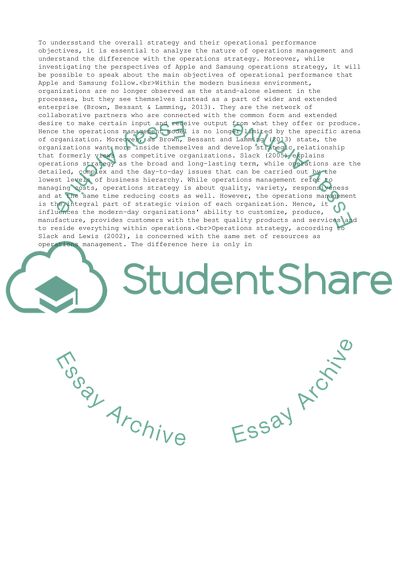Cite this document
(Operations strategy and the key operational performance objectives in Assignment, n.d.)
Operations strategy and the key operational performance objectives in Assignment. https://studentshare.org/management/1862086-operations-strategy-and-the-key-operational-performance-objectives-in-the-apple-and-samsung
Operations strategy and the key operational performance objectives in Assignment. https://studentshare.org/management/1862086-operations-strategy-and-the-key-operational-performance-objectives-in-the-apple-and-samsung
(Operations Strategy and the Key Operational Performance Objectives in Assignment)
Operations Strategy and the Key Operational Performance Objectives in Assignment. https://studentshare.org/management/1862086-operations-strategy-and-the-key-operational-performance-objectives-in-the-apple-and-samsung.
Operations Strategy and the Key Operational Performance Objectives in Assignment. https://studentshare.org/management/1862086-operations-strategy-and-the-key-operational-performance-objectives-in-the-apple-and-samsung.
“Operations Strategy and the Key Operational Performance Objectives in Assignment”. https://studentshare.org/management/1862086-operations-strategy-and-the-key-operational-performance-objectives-in-the-apple-and-samsung.


